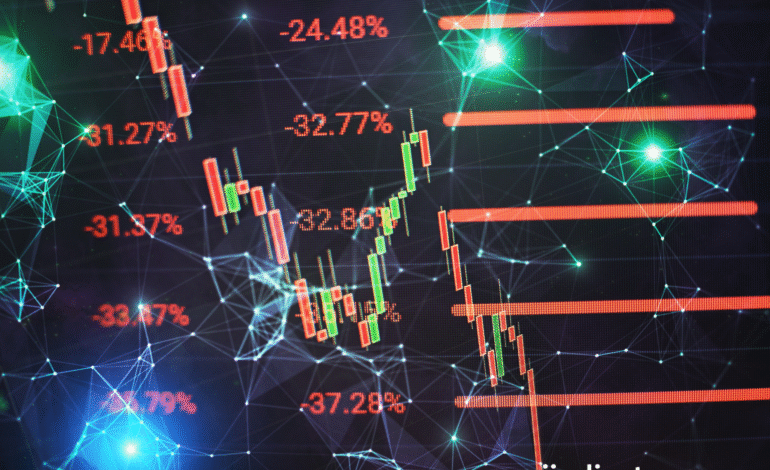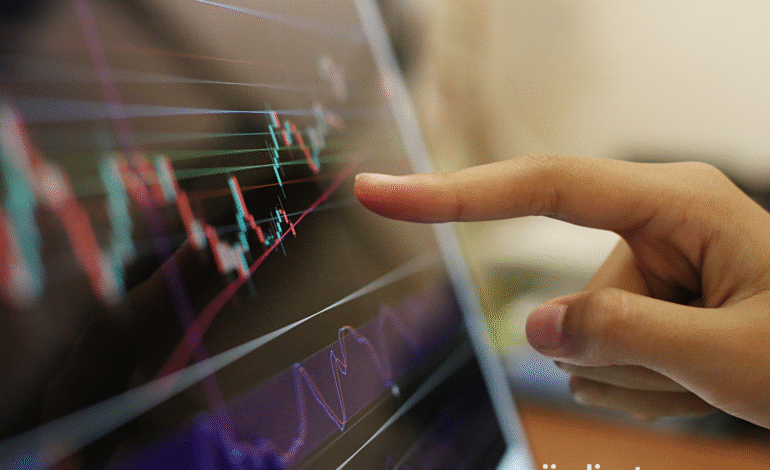
CCI vs Moving Averages: Which Helps You Catch Trends Better?
When it comes to spotting market trends, two tools often come to mind: the Commodity Channel Index (CCI) and moving averages. Both are commonly used by traders, but they work very differently. In this post, we’ll compare CCI vs moving averages, breaking down how each one works, their strengths and weaknesses, and when to use them.
What Is the CCI Indicator?
The CCI is a momentum oscillator that measures how far the current price has deviated from its moving average. It’s designed to spot overbought/oversold conditions and shifts in momentum that can indicate a trend beginning or ending.
- Common levels: +100 (strong bullish momentum), -100 (strong bearish momentum), 0 (neutral)
- Often used for: Trend reversals, breakout confirmation, divergence spotting
What Are Moving Averages?
Moving averages smooth out price data to reveal the underlying trend. They come in several forms, with the most popular being:
- Simple Moving Average (SMA): Equal weight to all periods
- Exponential Moving Average (EMA): More weight to recent data
Common settings:
- 20 or 50-period: Short-term trend
- 100 or 200-period: Long-term trend
Key Differences Between CCI and Moving Averages
| Feature | CCI | Moving Averages |
|---|---|---|
| Type | Oscillator | Trend-following tool |
| Output Format | Unbounded value (± values) | Line plotted on price |
| Signal Type | Momentum and reversals | Directional trend confirmation |
| Speed of Signal | Faster, more sensitive | Slower but smoother |
| Suitable For | Early entries, reversals | Trend confirmation, filtering |
When to Use CCI
- To detect early trend reversals
- To time breakout entries with confirmation
- To spot divergence between price and momentum
- For short- to medium-term trading strategies
The CCI reacts quickly to price changes, making it useful for active traders who want early warning signals.
When to Use Moving Averages
- To confirm the direction of a trend
- To filter trades only in the trend direction
- To set dynamic support/resistance (e.g., 50 EMA bounce)
- For swing and long-term strategies
Moving averages are best for traders who want smoother signals and avoid short-term noise.
Can You Combine CCI and Moving Averages?
Yes, using them together can significantly improve trade quality.
Example Strategy:
- Use a moving average (e.g., 50 EMA) to define the trend
- Use CCI crossovers or readings above/below +100/-100 to time entries in that direction
This approach helps avoid counter-trend trades and improves timing within a trend.
Example Setup:
- If price is above the 50 EMA (uptrend), only take long trades when CCI crosses above 0 or rebounds from -100
- If price is below the 50 EMA (downtrend), look for short signals when CCI drops below 0 or rejects +100
Final Thoughts
Both CCI and moving averages are powerful, but they serve different purposes:
- CCI is best for catching early moves, reversals, and breakouts
- Moving averages are better for confirming the trend and managing trade direction
If you’re a day or swing trader looking for fast momentum signals, the CCI is ideal. If you’re a trend follower who prefers smoother, lower-risk setups, moving averages are your tool of choice.
For the best results, consider combining both — letting the moving average guide your bias and the CCI handle your entries.
FAQs
Is CCI better than moving averages?
Not better — just different. CCI is faster and better for entries. Moving averages are more stable and better for trend direction.
Can I use CCI and moving averages together?
Yes. This is a common and effective approach. Use MAs to define trend and CCI to time your entries or exits.
Which is better for beginners?
Moving averages are easier to understand and apply. CCI requires a bit more interpretation but offers earlier signals.
Which moving averages pair well with CCI?
Common choices are the 20 EMA (for short-term trends) and 50 or 200 EMA (for longer-term confirmation).
Do moving averages lag behind price?
Yes. They are based on historical data and react slower than momentum indicators like CCI.





